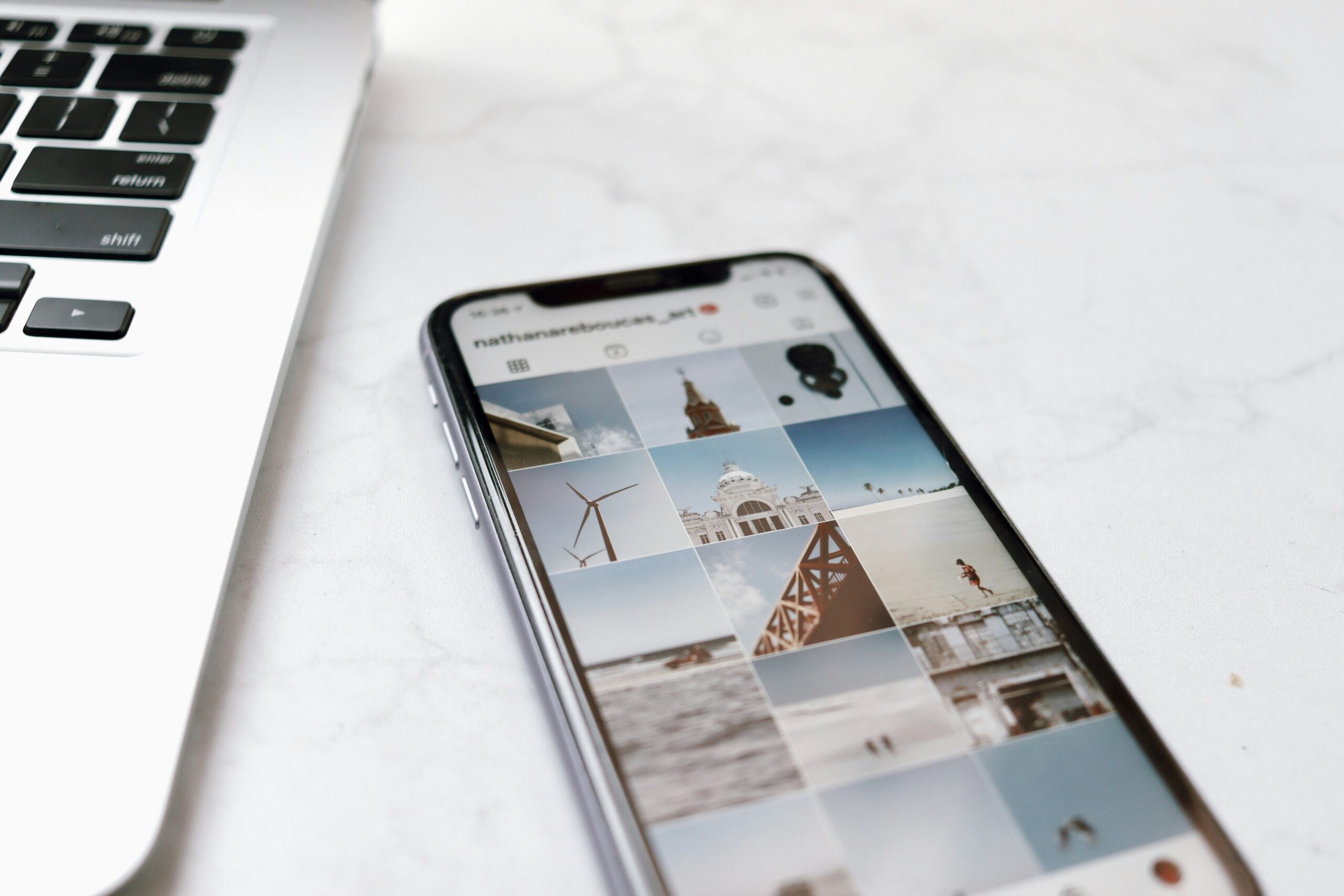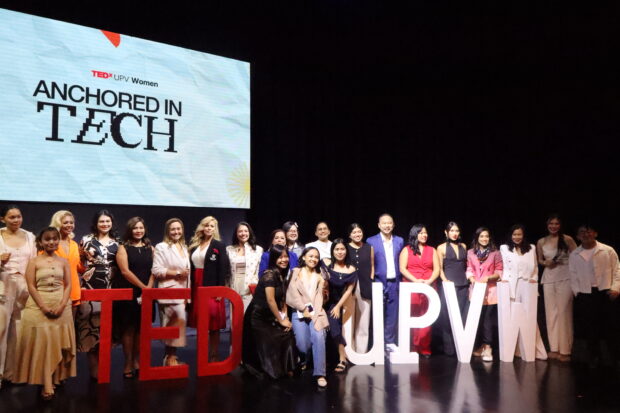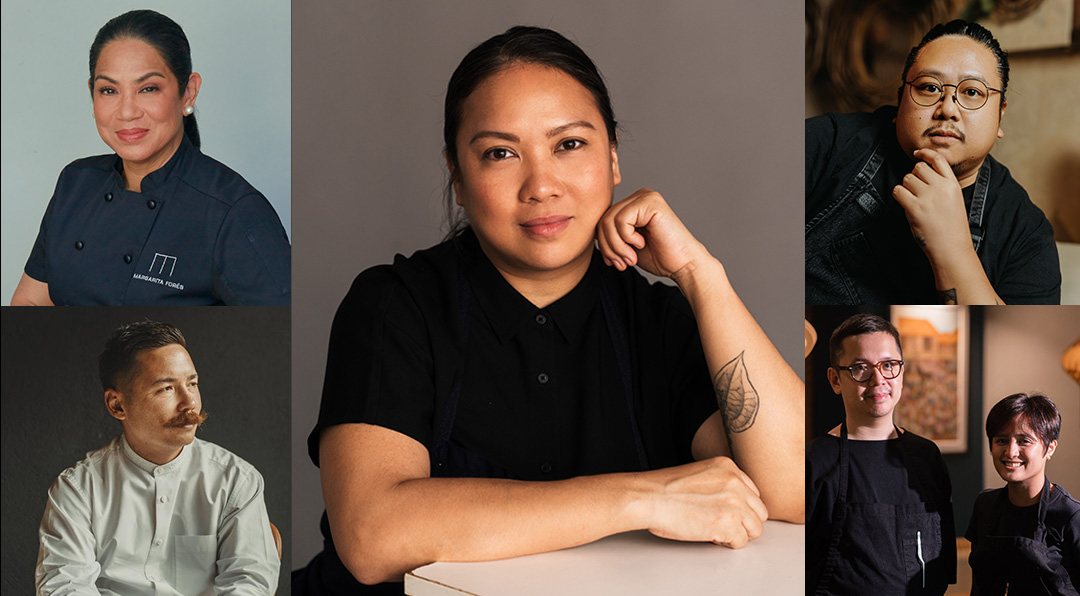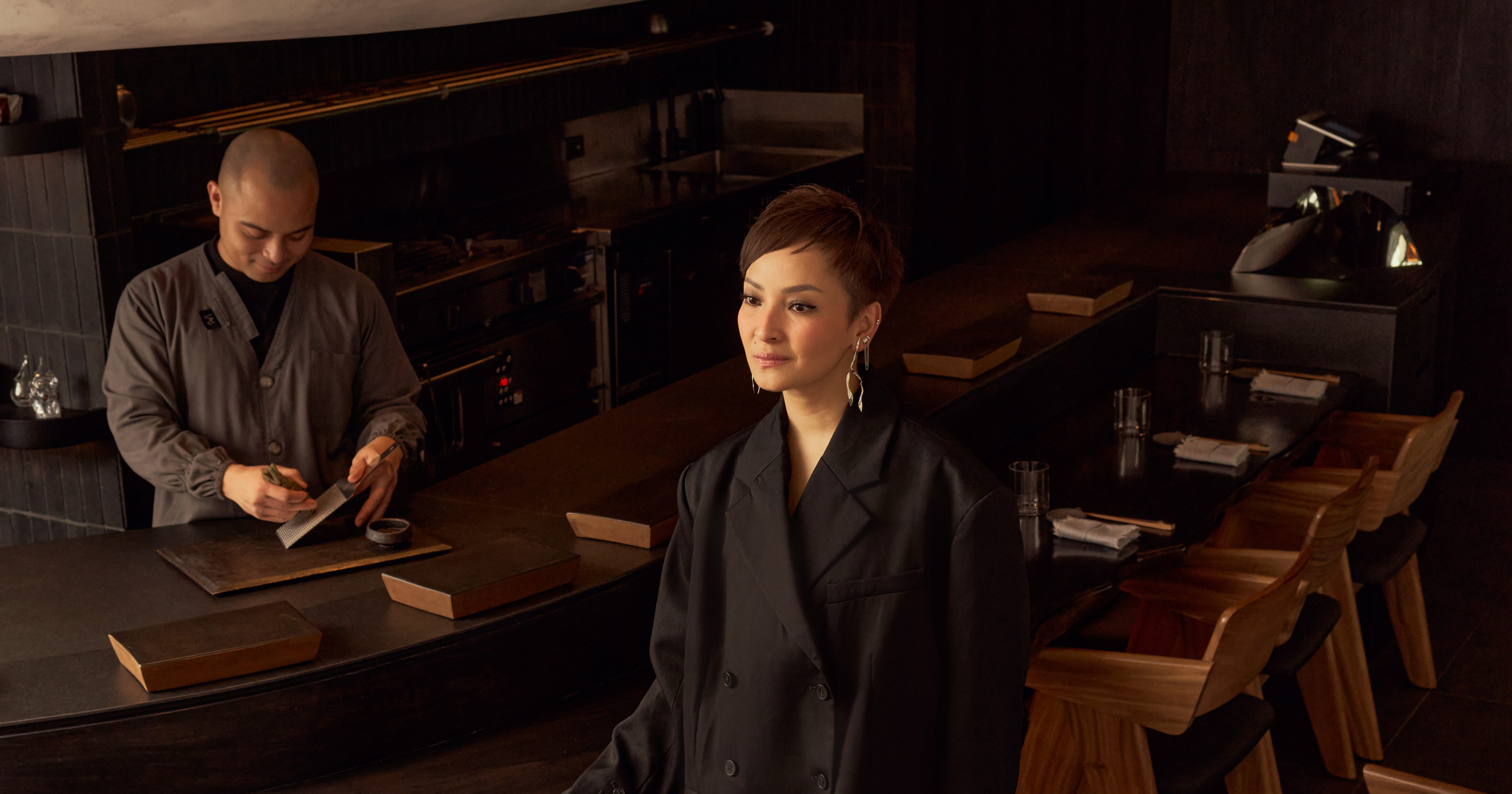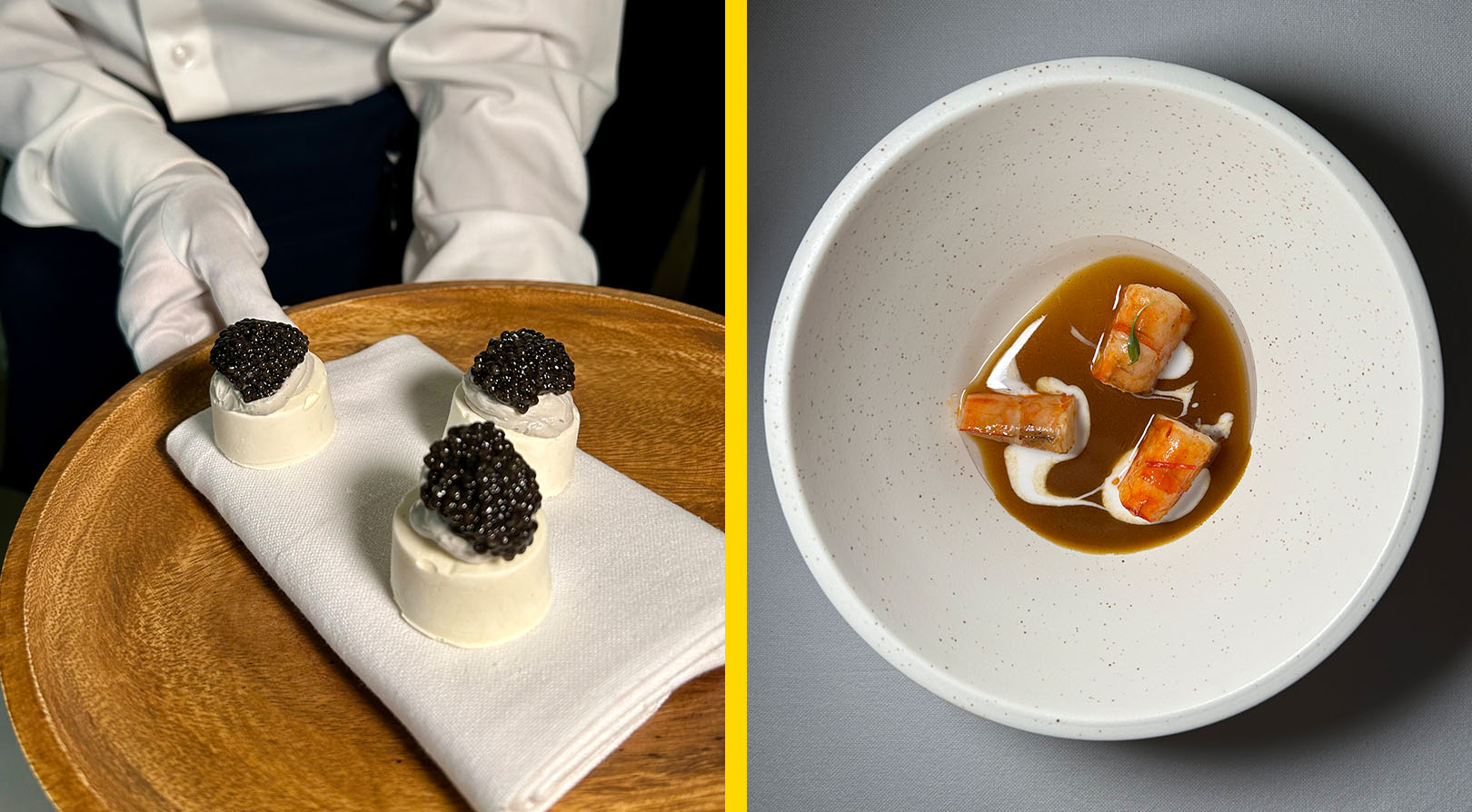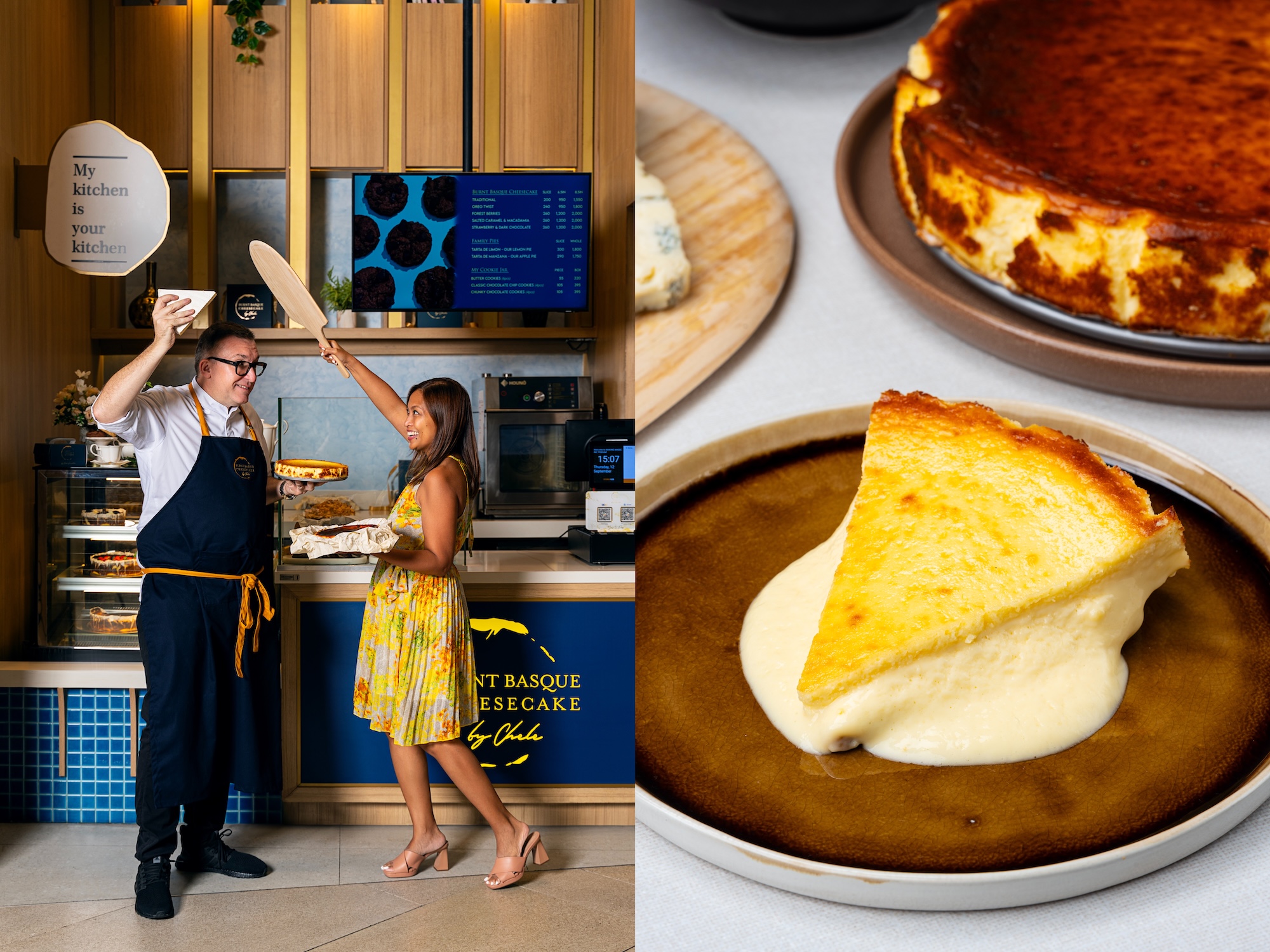Does pretty mean healthier? Not all the time.
A study from the University of South Carolina shows that people find attractive food healthier, and that this bias affects consumer choices and willingness to pay for food.
The series of 11 studies looked into 4,300 participants evaluating the healthiness of food samples and photos. An overwhelming number of respondents expected “pretty” food to be more nutritious as well as less fatty and caloric. One of the studies had 400 people assess two avocado toasts, one neatly presented and the other simply smeared on. Participants said the toast that was more pleasing to look at was healthier and “more natural.”
What does this perception of “natural” entail? The research found that “people associate aesthetic beauty with nature and natural things, which transfers to perceptions that pretty food is healthy food.” Simply put, aesthetically pleasing food is associated with natural ingredients and thus perceived as healthier. This then dictates an individual’s bias and consumption behavior.
Classical aesthetics is also a factor. Symmetry, pattern, order, and balance are traits of classical beauty, a concept that mimics the aesthetics found in nature such as the details in flowers and honeycombs.
Given that individual bias, it shouldn’t be a surprise that beauty can be a staple strategy in attracting and retaining customers—whether from labels, marketing collaterals or Instagrammable food.



